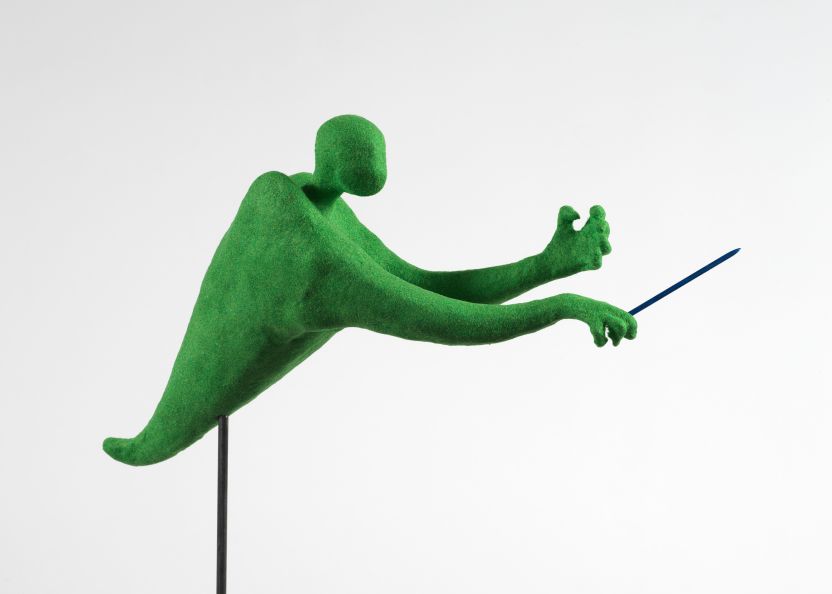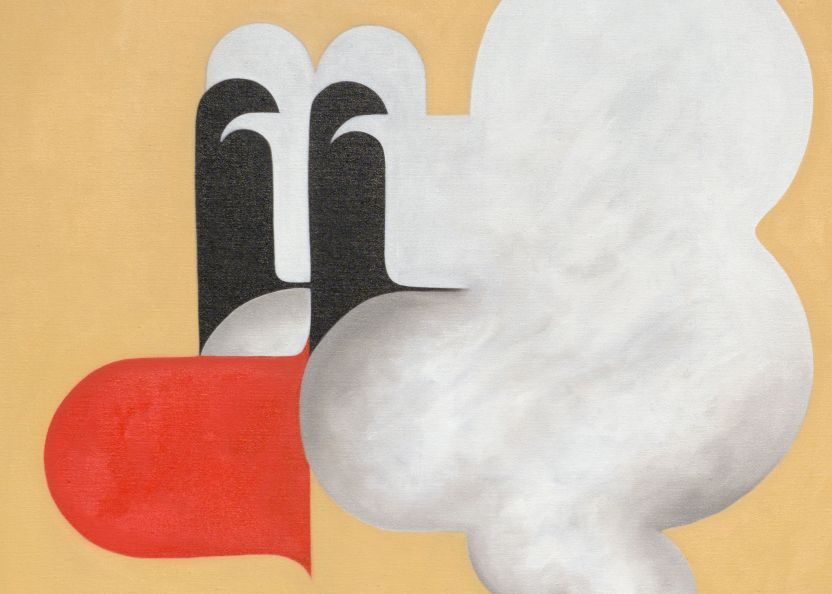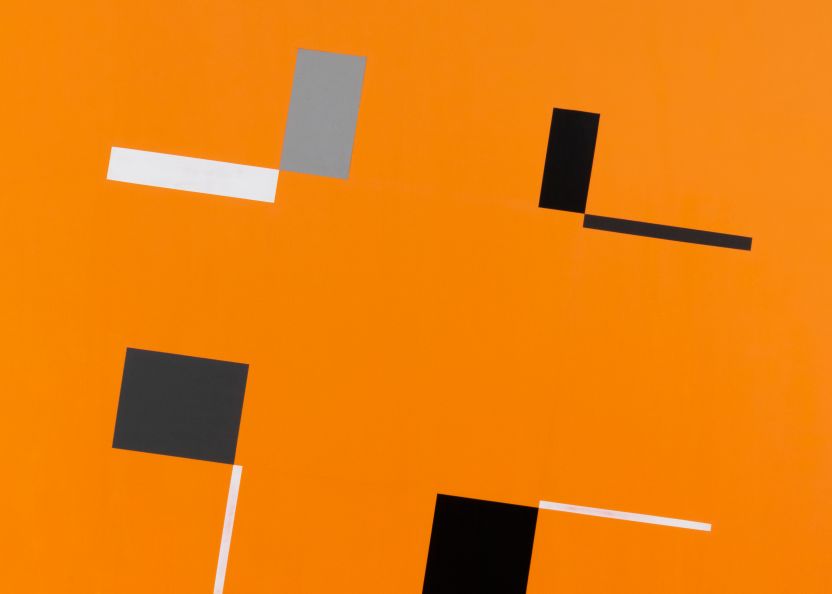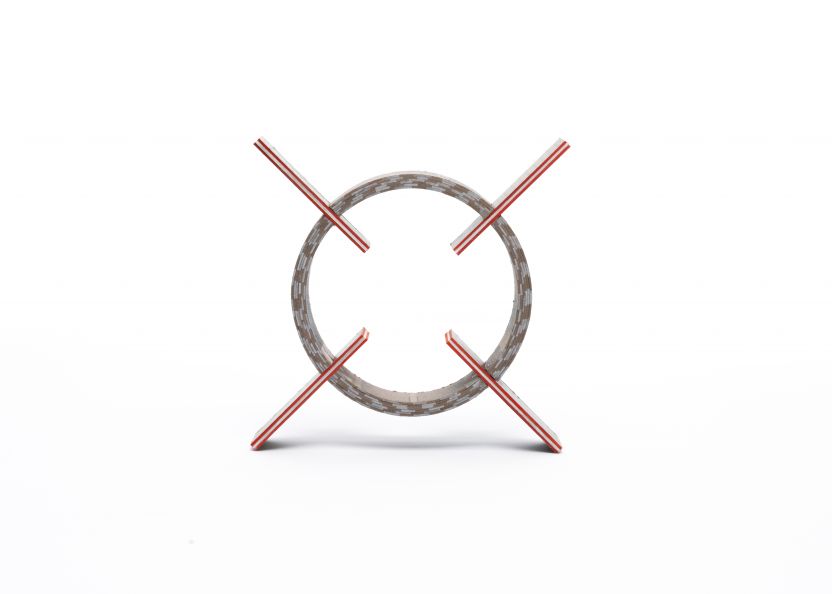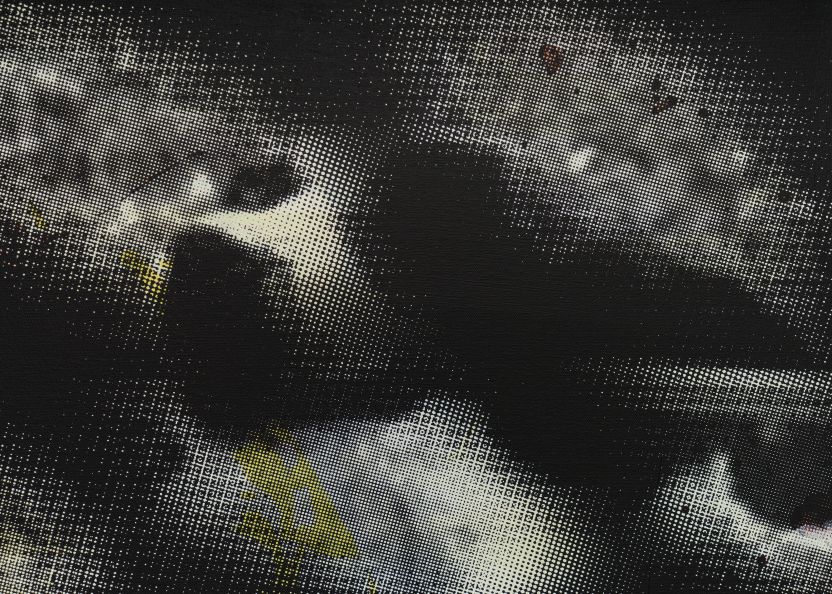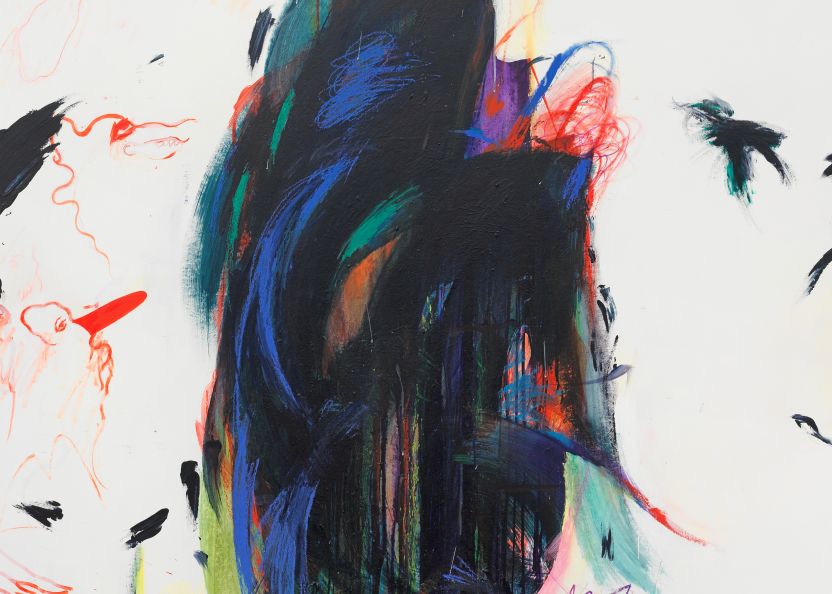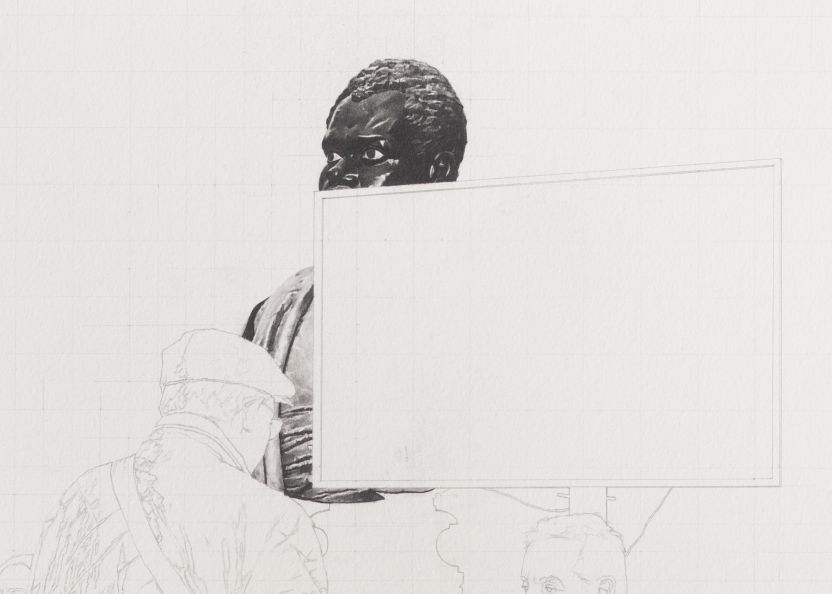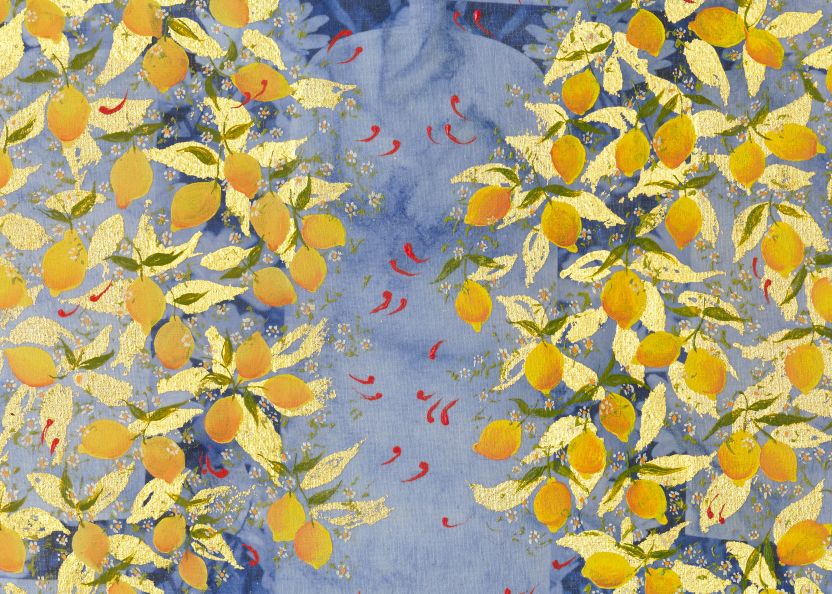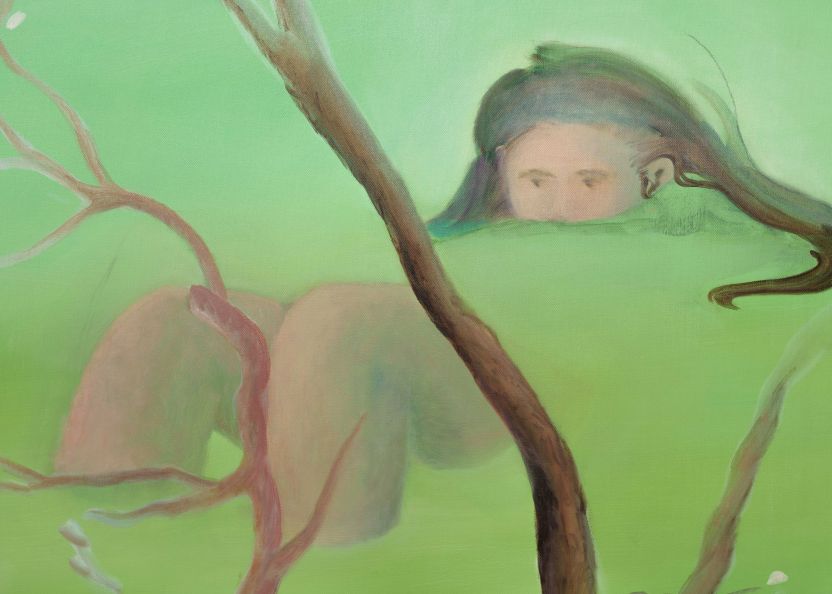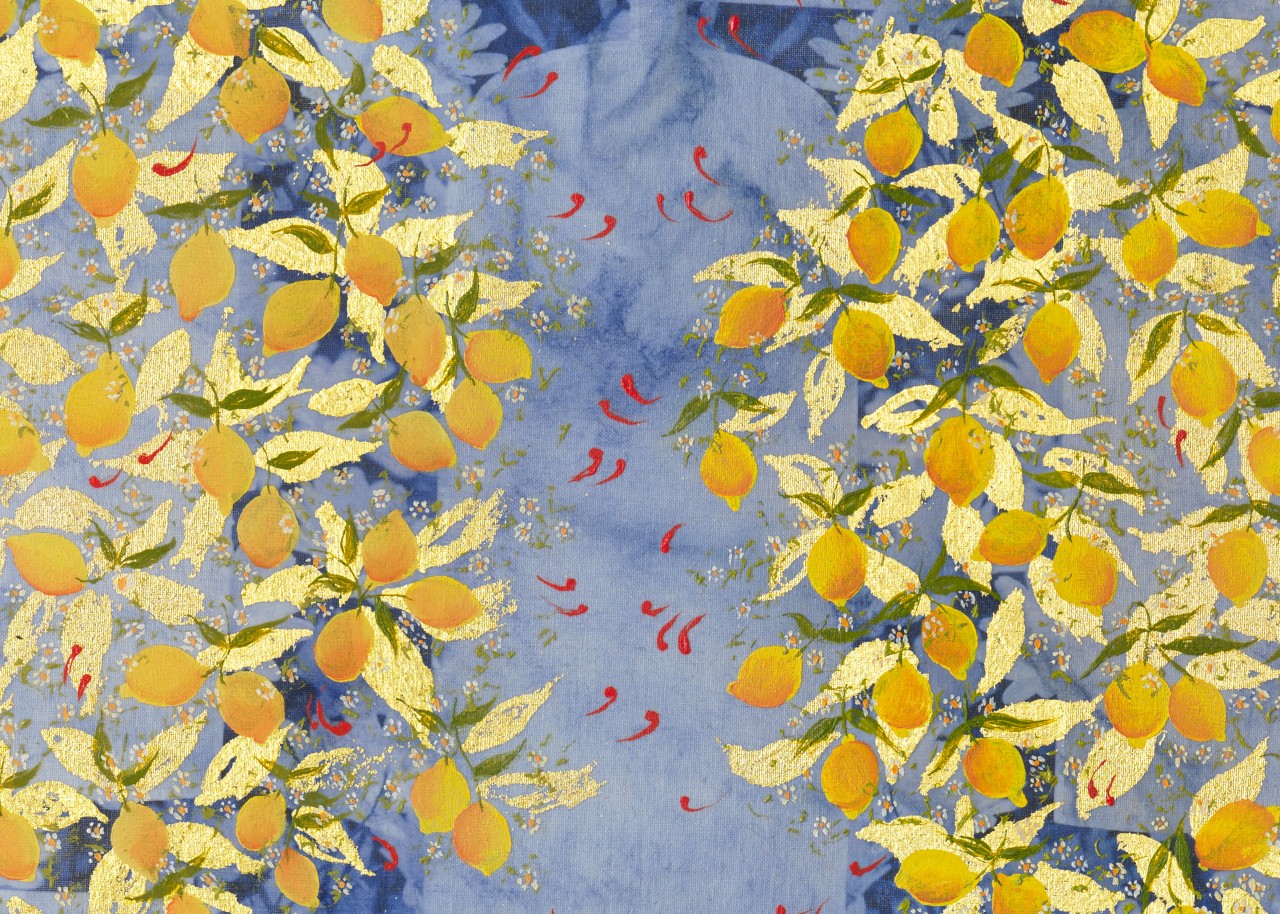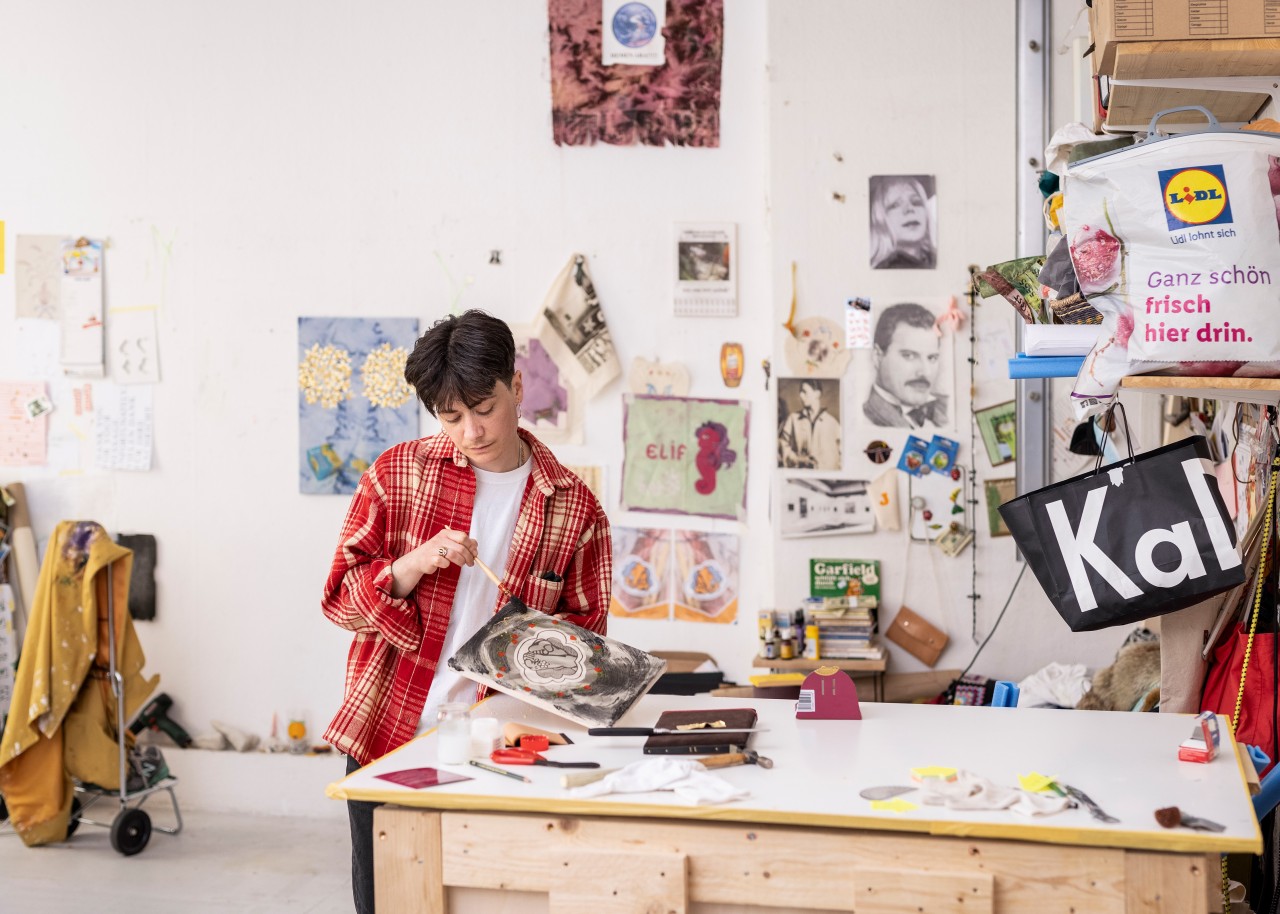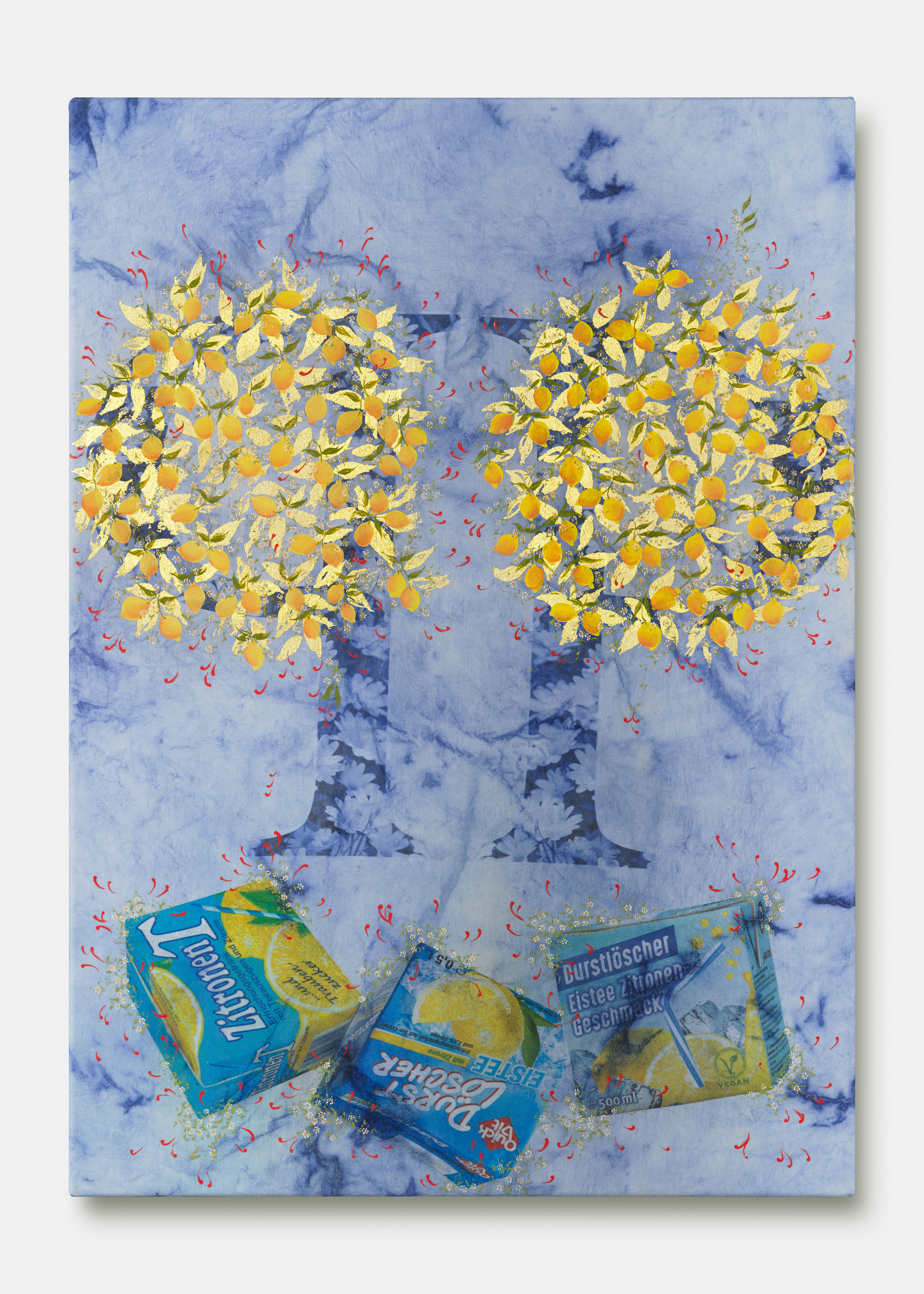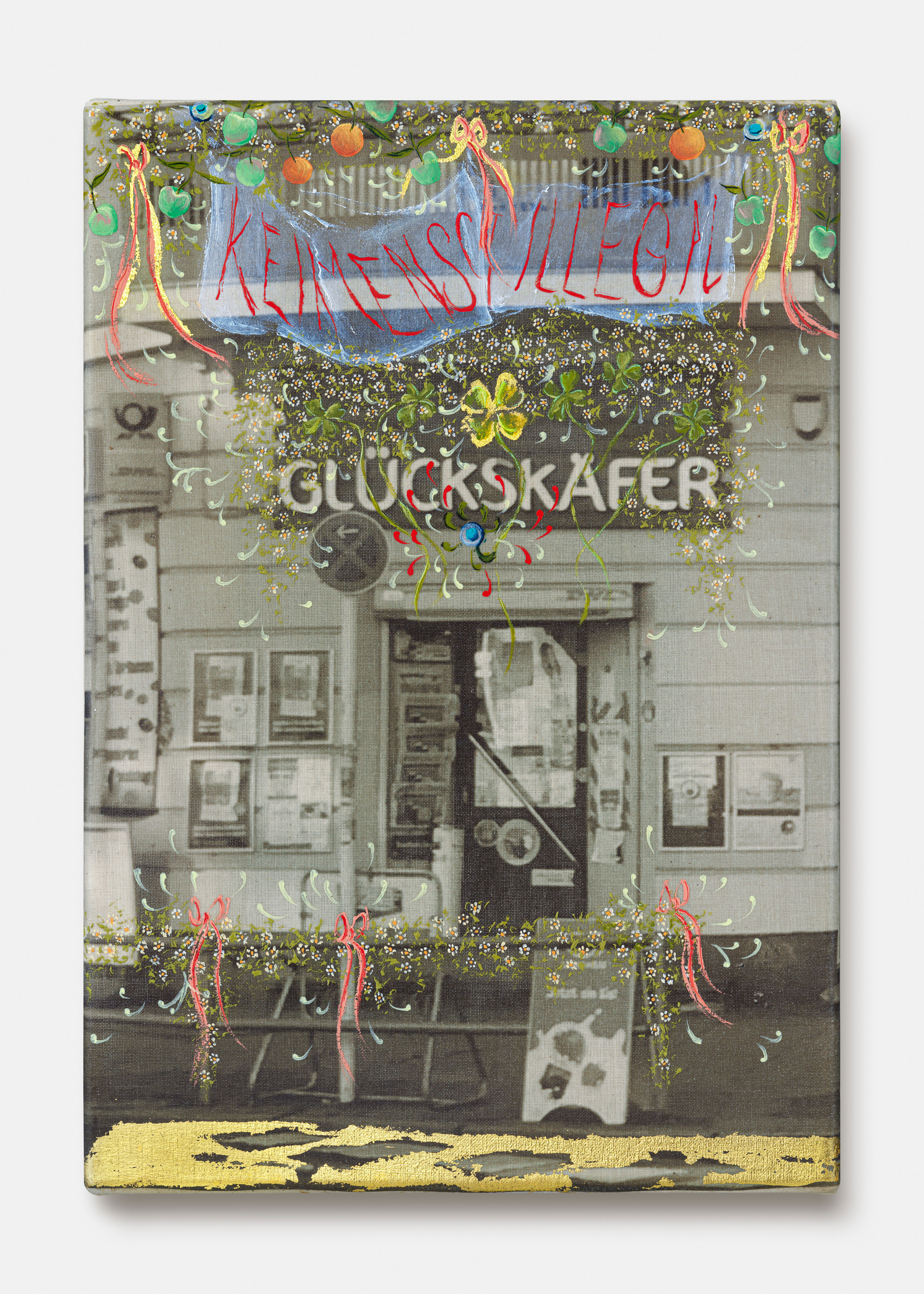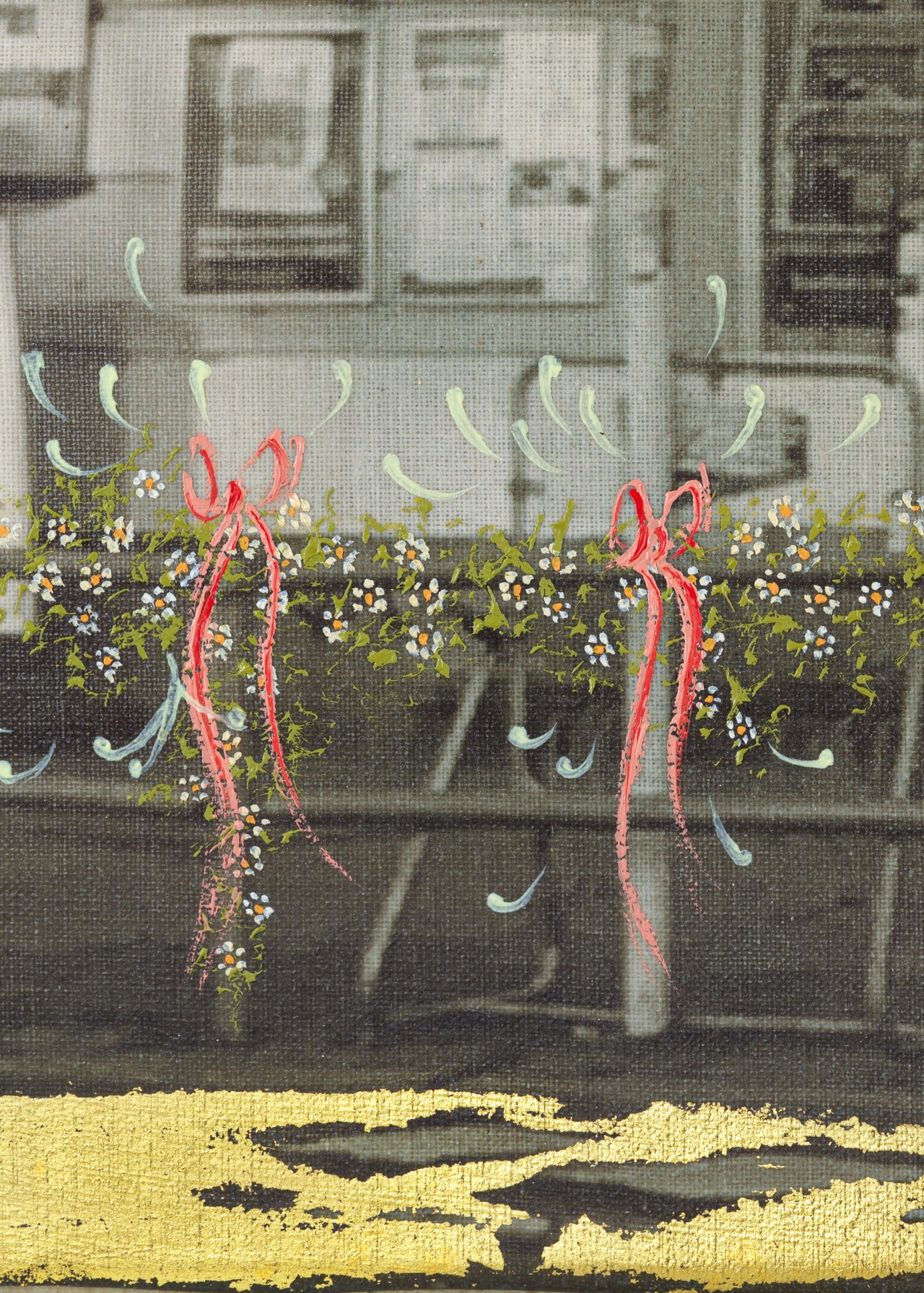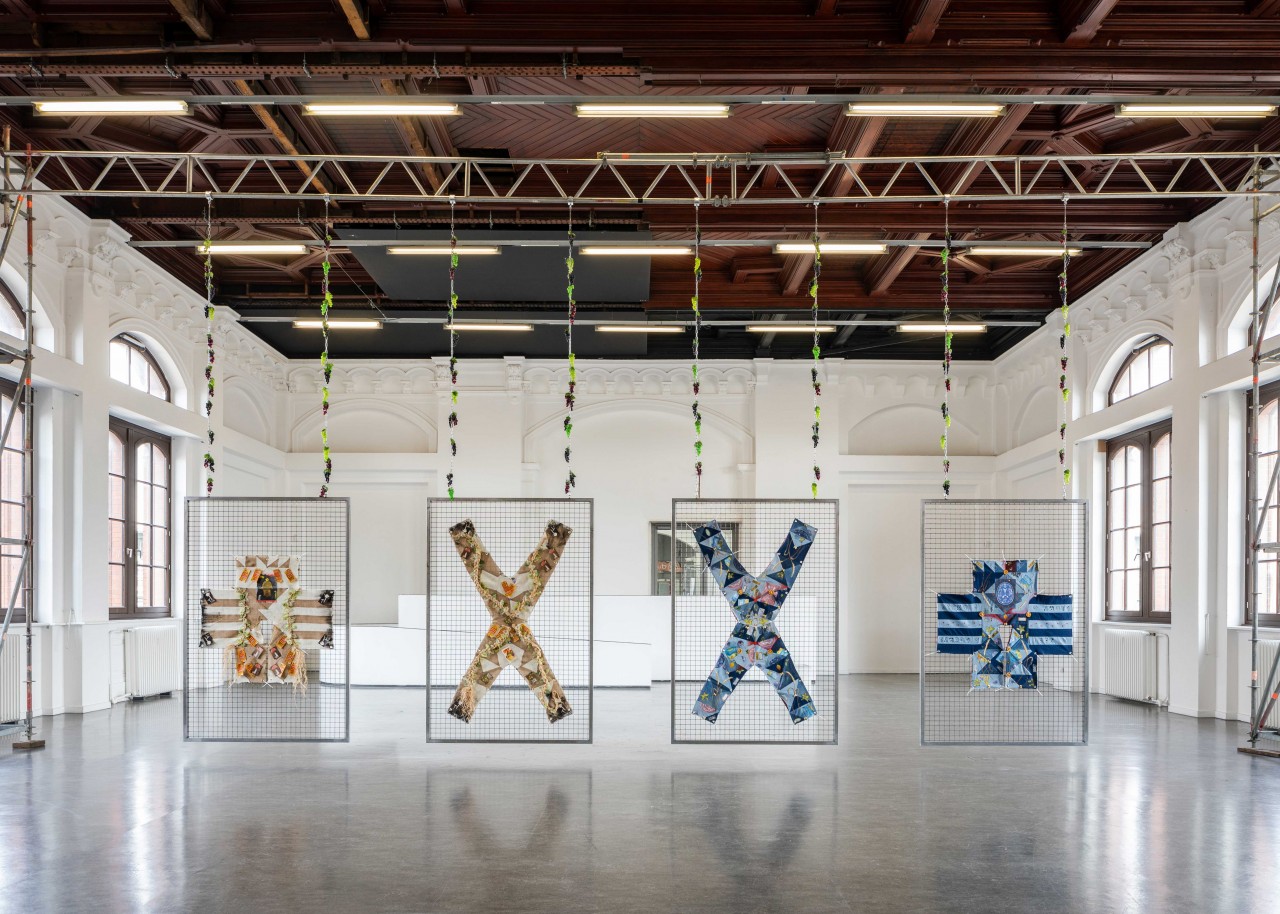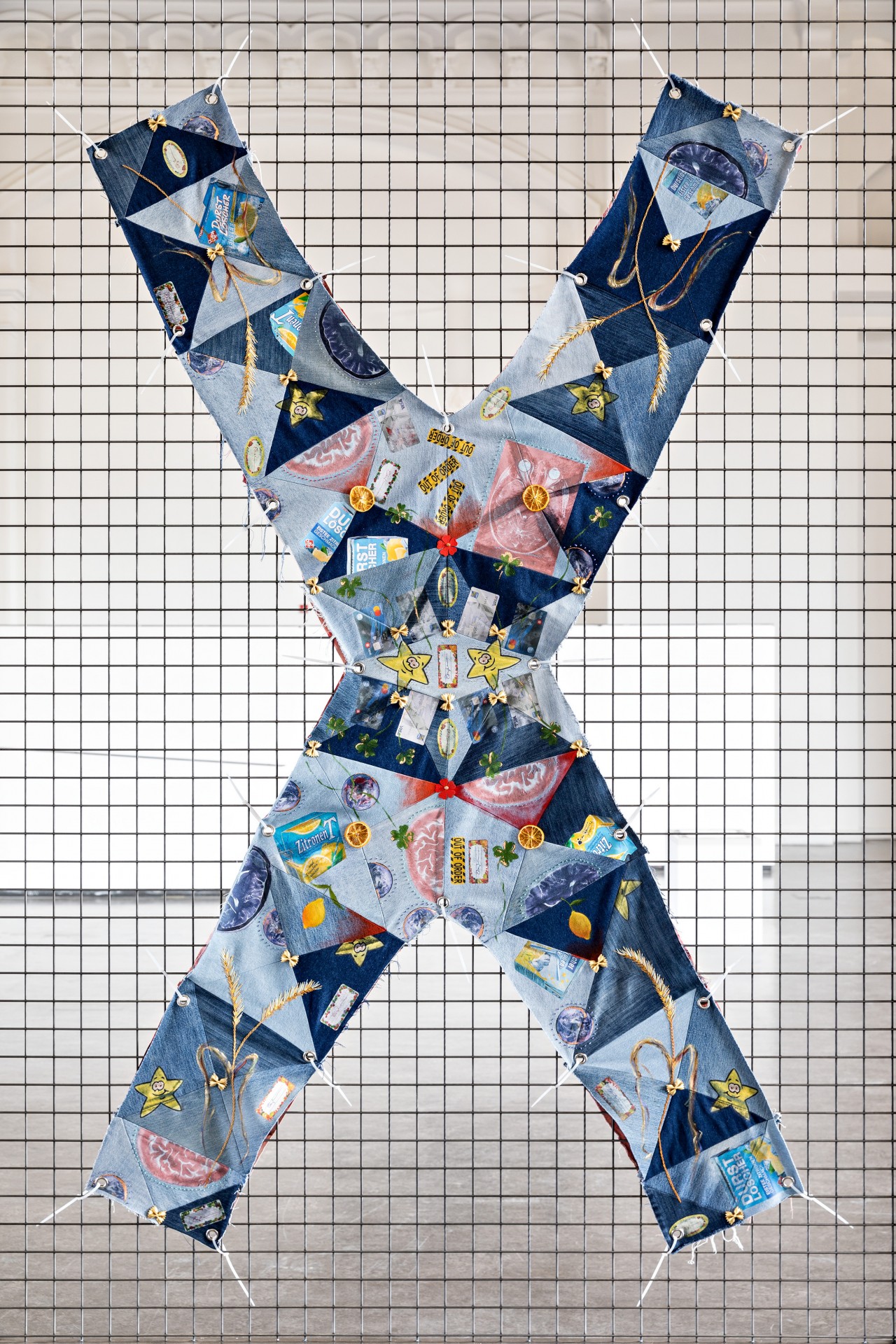Altered Future
Tanya Leighton is proud to present Altered Future, a selection of new paintings, drawings and sculptures by artists from the gallery’s programme. Our present reality has taken a counterfactual turn. We are made unavoidably aware that the course of world events can be unexpectedly diverted, and that even apparently singular events are differently experienced by communities and consciousnesses. In Altered Future, intergenerational artistic voices reflect upon fragility, daring to imagine new landscapes of labour, desire, identity and community. The artworks are contextualised and elaborated through short videos and commissioned texts by art historians and critics including Shiva Balaghi, Sonja-Maria Borstner and Sabrina Tarasoff.
-
Sam Anderson
![]()
-
Math Bass
![]()
-
David Diao
![]()
-
Sean Edwards
![]()
-
Kate Mosher Hall
![]()
-
Sara Issakharian
![]()
-
Esteban Jefferson
![]()
-
Elif Saydam
![]()
-
Hiroka Yamashita
![]()
